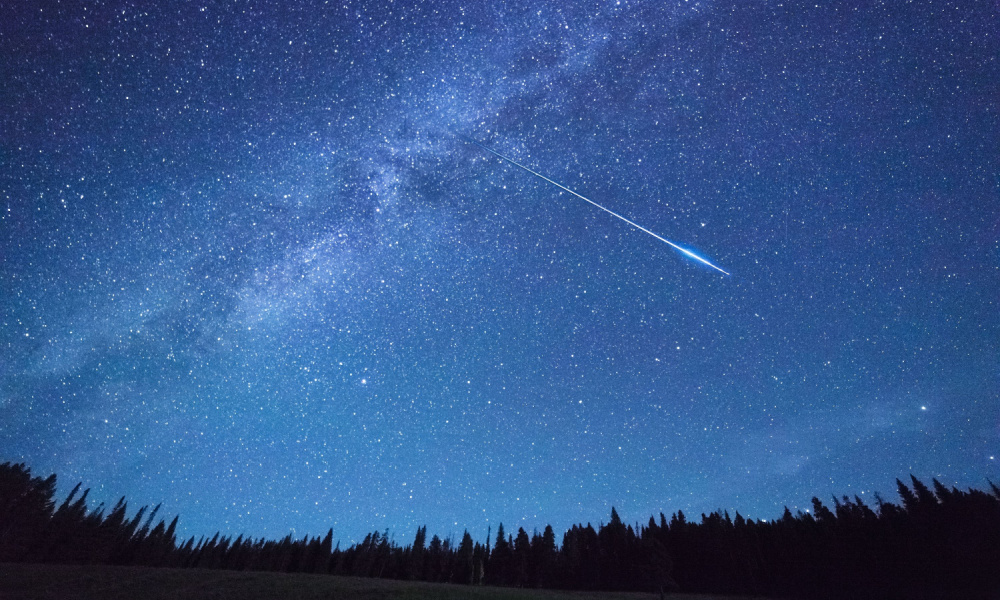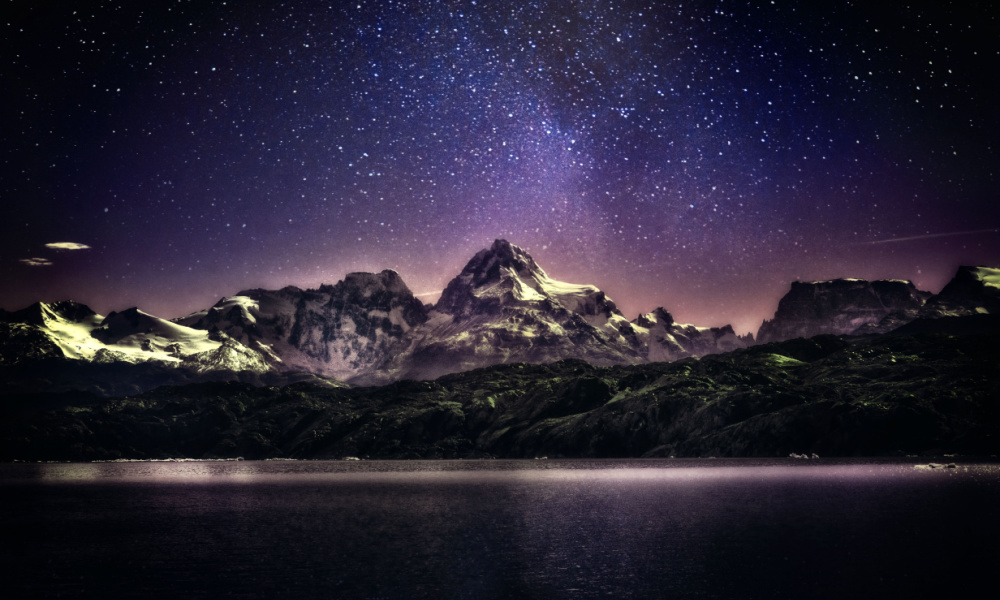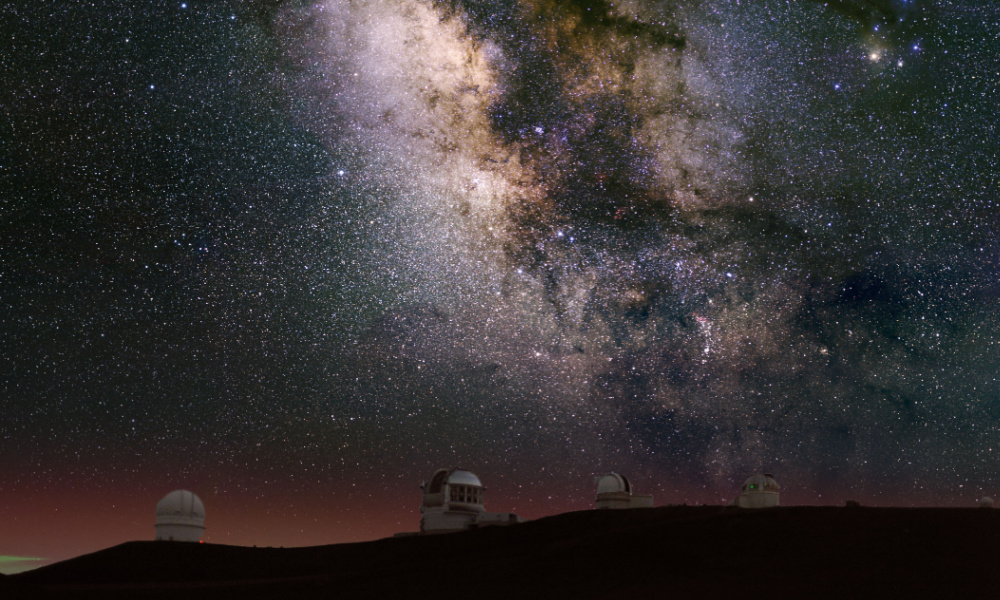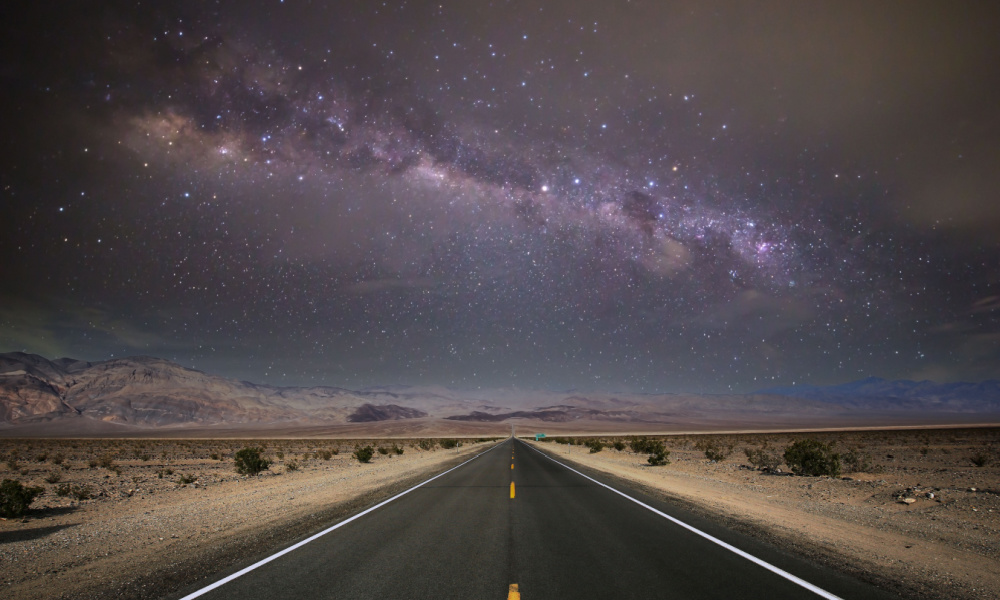Looking for a new travel experience that will connect you to the wonders of the universe? Consider a trip that focuses on the key tenets of what is known as astrotourism. This type of travel involves checking out the night skies or visiting places that promote an understanding and appreciation of astronomy. If you count yourself among the star gazers and sky watchers of the universe, astrotourism is perfect for you.
In a more general sense, astrotourism is a brand of ecotourism that encourages interaction with the natural world that will help to connect you with the universe in more meaningful ways. Here are a few of the best destinations to put on your travel bucket list if you want to dive into the excitement and beauty of astrotourism.
Yellowstone National Park, Wyoming

If you’re a star gazer, you’ll find the most success sky watching if you travel to places with little light pollution. Because of its remote location away from any major population centers, Yellowstone National Park is home to some of the best spots to train your eyes on the night skies. You’ll find a variety of places to set up your blanket or chair throughout the park and view away. Good spots include the peak of Mount Washburn on Firehole Lake Drive, Mammoth Hot Springs, and the walks around Old Faithful.
Patagonia, Argentina

Known collectively as Patagonia, the region of Southern Chile and Argentina offers clear winter skies that boast some of the best stargazing opportunities on the planet. Patagonia is a popular destination for sky watchers hoping to catch a glimpse of the famous aurora australis, also known as the Southern Lights. When you travel to this region of the Andes Mountains, you’ll definitely want to dress warmly El Calafate, Argentina makes a great home base for all your astrotourism needs. Offering little to no light pollution, high altitudes, and clear skies throughout the year makes Patagonia an ideal stop on your astrotourism trip.
The Great Barrier Reef, Australia

While you may already know that Australia‘s Great Barrier Reef features some of the world’s best scuba diving, it’s also a fantastic place to see the Milky Way galaxy in all of its stunning glory. One of the best ways to see the galaxy is to head out on the water by boat. You can even find tours dedicated to providing visitors with the most ideal views of the skies after the sun goes down. What could be more magical than sleeping under the stars at the Great Barrier Reef?
Mauna Kea, Hawaii

Combine a tropical vacation with astrotourism by visiting Mauna Kea in Hawaii. Nestled on the Main Island of Hawaii, Mauna Kea is an inactive volcano distinguished for its sight lines to the night skies. Mauna Kea is also the tallest mountain in the world — even taller than Everest — that is, if you count the portion of the mountain that’s below the surface of the ocean. The summit of the volcano features great star gazing conditions because of a number of environmental factors, including its location above the inversion layer.
Its location allows the summit to be dry and void of atmospheric pollution that can hinder viewing conditions. In fact, the Hawaiian government has passed legislation to minimize the amount of light pollution around Mauna Kea. This has resulted in exceptional darkness for the official observatories located around the summit. Therefore, it’s the perfect place for you to stargaze.
You may also like: Love Night Skies? These Are the Darkest Places to Stargaze in Canada!
Death Valley National Park, California

Death Valley National Park has been designated as a Gold Tier level of viewing by the International Dark-Sky Association, and the area provides exceptional sight lines for the night skies. In fact, there are some celestial objects that star gazers can only see by visiting this park. Park rangers recommend heading out to the Badwater Basin, Mesquite Flat Sand Dunes, or the Ubehebe Crater for the best viewing locations.
Regardless of whether you’re looking up at the sky with the naked eye or if you have a technical telescope, you won’t be disappointed when you head to one of the darkest areas in the continental United States. The park is also home to the annual Dark Sky Festival in the spring, featuring experts from NASA to help guide stargazers on their astrotourism journey.
Where else have you been stargazing? Enlighten us in the comments section below!




Leave a Reply